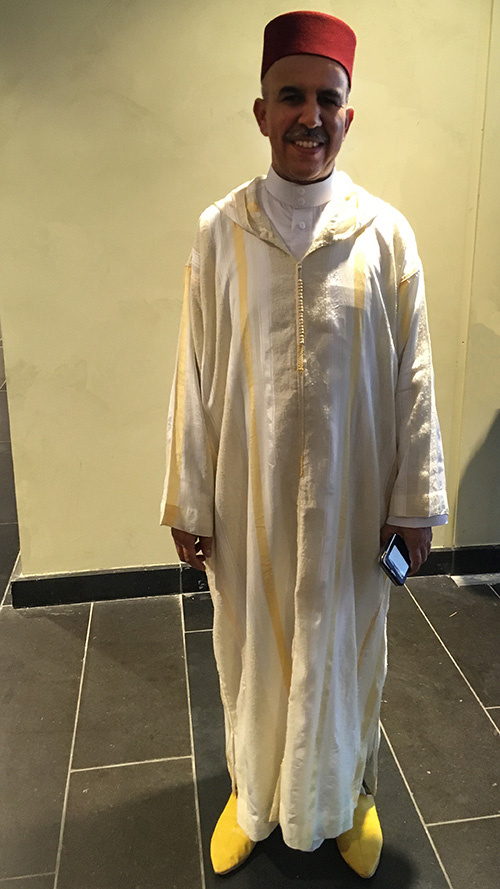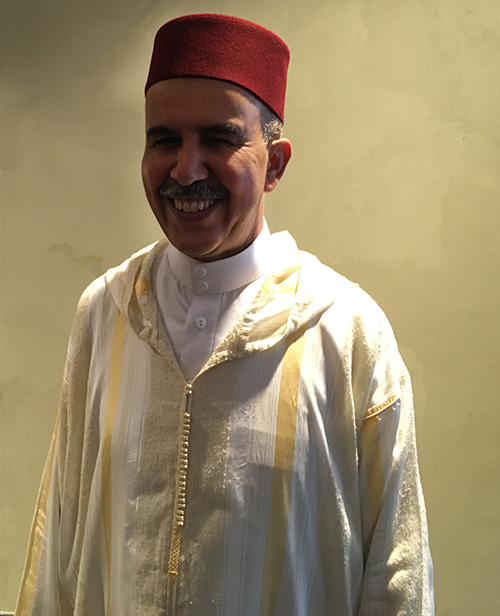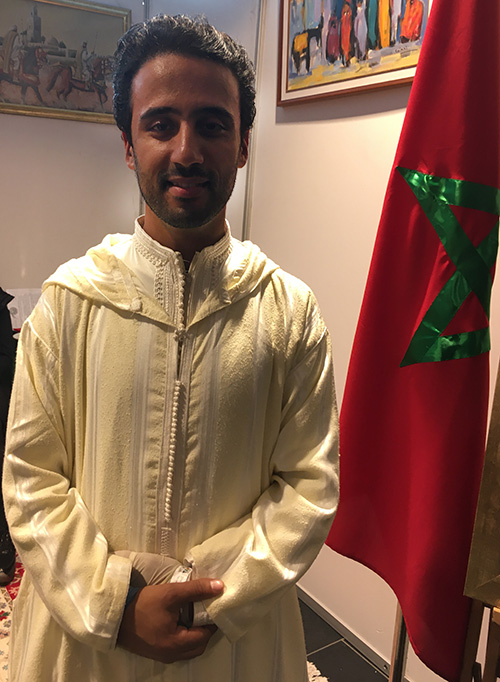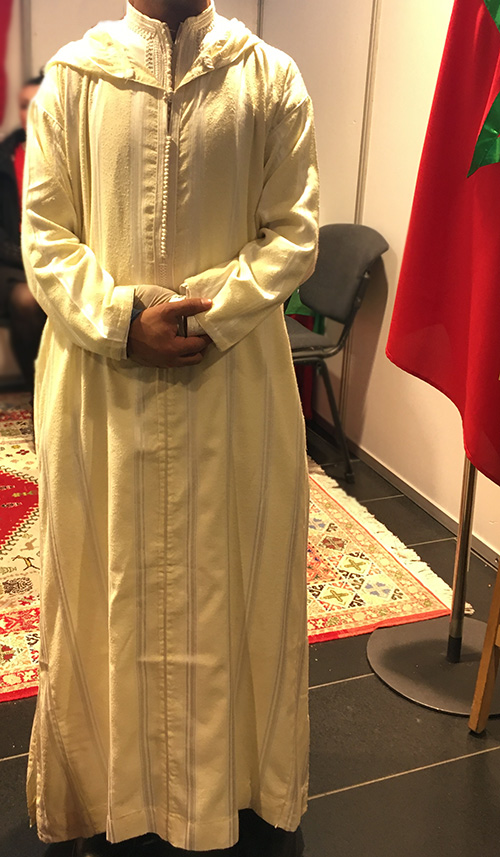 A djellaba is one of the most favored traditional garments among Moroccan men, although female djellabas are also common. As usual with the Arab countries, the local clothing traditions aren’t limited by the borders of a certain country, so djellaba can be found in Algeria, Tunisia, Lybia, in Berber tribes all around North Africa, and so on. Why is this robe so popular? What’s so special about it? And why does a djellaba have a pointed hood rather than a usual round hood?
A djellaba is one of the most favored traditional garments among Moroccan men, although female djellabas are also common. As usual with the Arab countries, the local clothing traditions aren’t limited by the borders of a certain country, so djellaba can be found in Algeria, Tunisia, Lybia, in Berber tribes all around North Africa, and so on. Why is this robe so popular? What’s so special about it? And why does a djellaba have a pointed hood rather than a usual round hood?
This functional traditional robe has several names and variants of spelling – djellaba, jillaba, gallabea, qeššaba, qeššabiya, aselham, tadjellabit, etc. The name depends on the country, region, community, and language. But the design of all these robes is practically the same, maybe with just a few peculiarities.
The djellaba is a long, loose-fitting robe or dress with long sleeves and, usually, a pointed hood. It is worn by both men and women, but the design differs, of course.
Origin of the name “djellaba”
There are several theories as to where the name “djellaba” has come from.
Reinhart Dozy, a Dutch scholar of the Arabic language, suggested that the “djellaba” originally referred to the “garment of the Djellab”, the slave traders.
William Marçais, French Orientalist and expert on the Maghrebi Arabic dialects, proposed an alternative explanation, suggesting that “djellaba” is an alteration of the term “djilbab” from ancient Arabic, which referred to draped clothing, despite the Djellaba being sewn rather than draped. Marçais also noted that in Oman, the term “gillab” is used to designate a woman's veil. The similarity between the disappearance of the initial “b” in both the Maghreb and Oman is noteworthy.
In regard to the “qeššabiya”, Georges Séraphin Colin, Arabist and author of many books and publications on the matter, sees this name as a distortion of the Latin term “gausapa”, which would have been preserved in the Adrar region of Mauritania as the “gosaba” and used to designate a shirt.
Particular features of a djellaba
Traditionally, djellabas were crafted from wool, available in various shapes and colors. However, lightweight cotton djellabas have gained popularity these days. Among the Berbers, particularly in the Moroccan town Imilchil in the Atlas Mountains, the color of a djellaba traditionally signifies the marital status of the wearer. For instance, a dark brown djellaba indicates bachelorhood.
In the past, djellabas were designed to reach all the way down to the ground, but contemporary versions are slimmer and shorter. Men often don a light-colored djellaba, sometimes paired with a traditional Arab red fez hat and soft yellow babouche slippers (known as “balgha” in Arabic) during religious celebrations and weddings.


Moroccan man in djellaba, red fez hat, and yellow babouche slippers
Most djellabas, regardless of gender, feature a loose-fitting hood known as a “qob” that tapers towards the top. This pointed hood serves an essential purpose for both men and women, protecting them from the sun. In earlier times, it also served as a shield against sand blown by strong desert winds. In colder regions such as the Moroccan mountains, the hood functions as a winter hat, preventing heat loss through the head and shielding the face from snow and rain. During warmer weather, it is common for the spacious hood to be utilized as a pocket, capable of holding loaves of bread or bags of groceries.
Why is the qob pointed? Such a design is probably the most convenient for hot climates because the air in this pointy end of the hood keeps the head less hot, it works sort of like a barrier. Round hoods that fit closely to the head are a lot hotter and don’t protect the head from heat as much as pointy hoods.


Beautiful Moroccan djellaba
Traditional djellabas are typically crafted from two main materials: cotton for summer and coarse wool for winter. The wool is usually sourced from sheep found in the surrounding mountains. Buttons used for djellabas are commonly produced in the town of Bhalil.
The djellaba is a comfy garment, perfect for Moroccan weather conditions and lifestyle. Female djellabas are more decorative, often adorned with embroidery on the neckline, front, and sleeves. They can also be short-sleeved, as well as long-sleeved. Women’s djellabas are typically thinner and more delicate, made from cotton, silk, and other fabrics. Male djellabas are simpler and more utilitarian, with fewer decorations, and are less colorful. But there can be embroidery on the neckline or a nice print on a festive djellaba.


